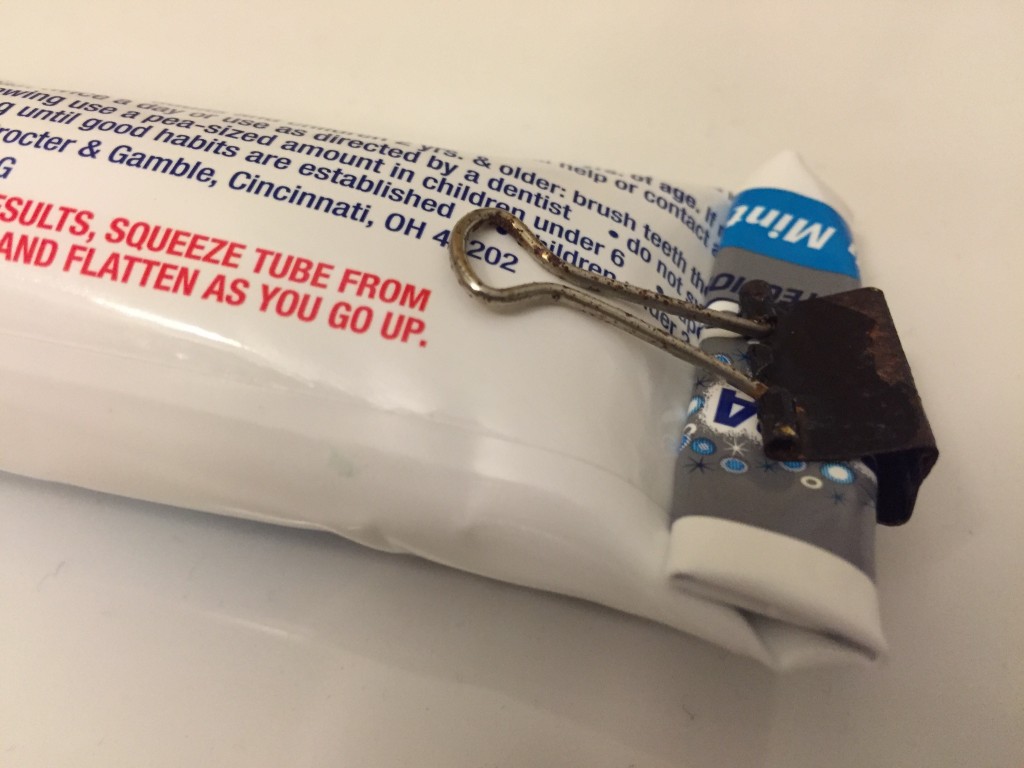I recently finished a really interesting course in my graduate journalism studies program, focused on cross-platform, multimedia storytelling. It was fun in part because it wove together a lot creative disciplines I had already been experimenting with, including writing, photography, audio production, video production, interviewing people, and assembling the results of those efforts into a coherent, interesting final product that would engage the attention of readers and visitors. I got academic credit for doing things I love to do — nice!
It was also an experience that opened my eyes further to the power of the WordPress block editor for multi-media journalism and storytelling, and I want to share a bit more about that.
(If you're not already familiar with it, the WordPress block editor, also known as Gutenberg, is the updated content editing experience introduced into the WordPress publishing platform back in 2018. It transitions content authoring and editing in WordPress from a fairly linear "title plus paragraphs of text plus maybe some images" workflow into a much more flexible and powerful workflow that can include a wide variety of multi-media, interactive elements positioned throughout the body of a page or article. If you were talking to someone using a few tin cans and some string before, now you're enjoying the wonders of a smartphone.)
Like others I've had some skepticism in the past about the block editor and its place in the world of everyday WordPress users who may not want the additional power it offers. And at a personal level, old habits can die hard; I found myself writing this very post in the "classic" editor because it's how I've mostly always done things. So I haven't always been sure when and were I could definitively say to others that the block editor would be an essential part of their publishing toolkit.
Continue reading "Multimedia journalism and the WordPress block editor"


